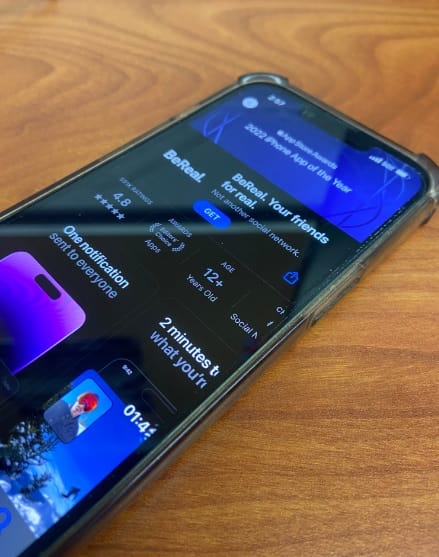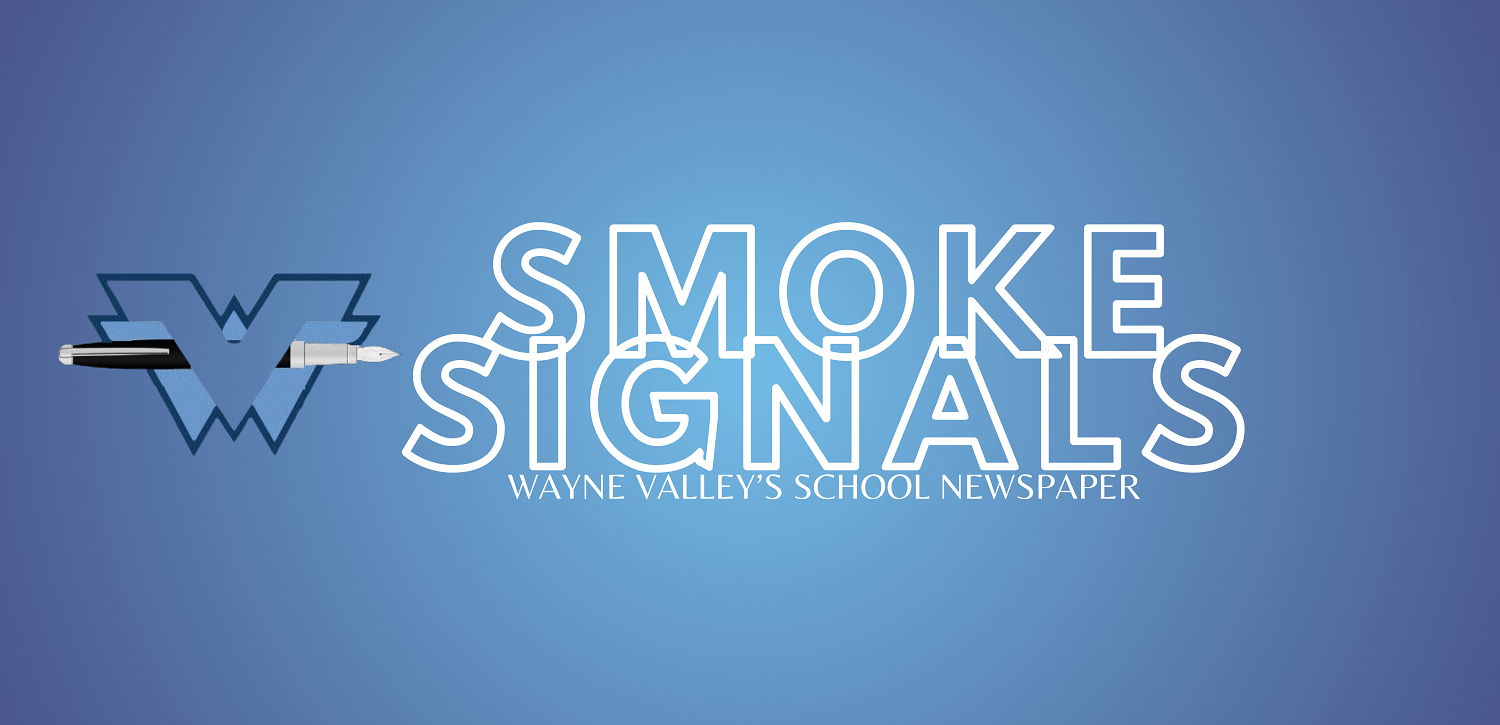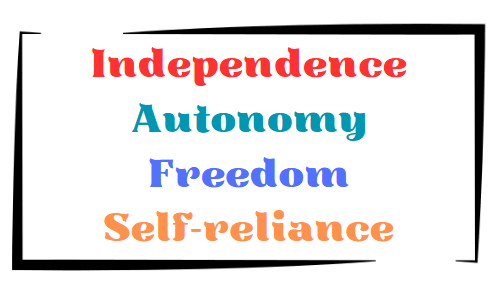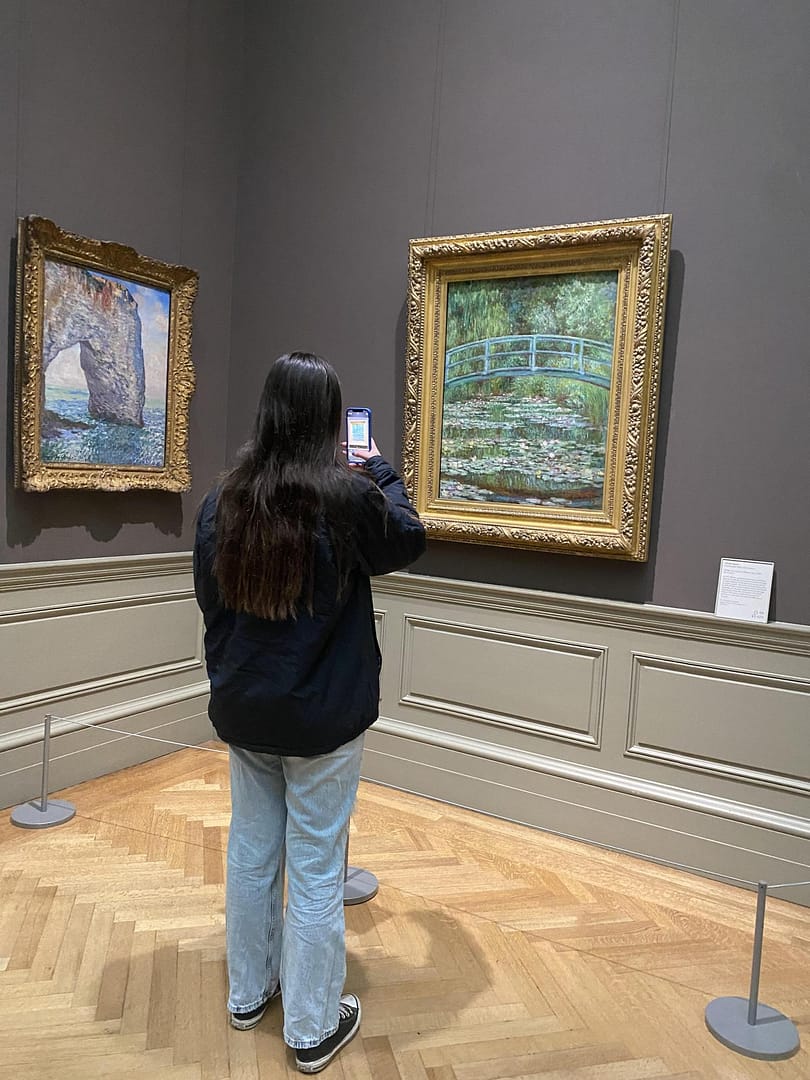
Chromebooks and the use of electronic devices have become an increasingly normal addition to classrooms in the years following the pandemic. Although providing students with Chromebooks has improved some aspects of learning, these devices pose many negative drawbacks as well. Having technology at students’ fingertips at all times gives them the ability to access online distractions such as games, messages, articles, videos, and more, whenever they please. Often, this is done in place of paying attention during class.
Not only does technology pose a distraction, but it is slowly replacing people’s ability to think for themselves. A report by a Stanford professor furthers this idea: ” …my ongoing exploration of how platforms reduce students to quantifiable data suggests that we are removing the innovation and imagination of students and teachers in the process.”
AI tools and platforms are constantly being improved, and a student’s use of AI is becoming progressively more popular. With easy access to these tools at all times, many students take advantage of them without a second thought.
With the majority of schoolwork and homework being done digitally on Chromebooks, students can access AI tools at the drop of a hat. Many students use these tools as an alternative to doing their work themselves. Although students may view these platforms as time-saving devices, in the long run, they aren’t getting the knowledge that the teachers intended them to take away from the assignment, therefore harming their educational journey.
According to an article written by The National Library of Medicine, “Research indicates that heavy technology use is associated with lower academic performance among adolescents.” Students’ ability to absorb and take in information can be hindered by excessive use of technology in the classroom, seeing as it presents distractions.
Furthermore, according to a report by The Derek Bok Center for Teaching and Learning of Harvard University, “…we all know that digital devices can also be an impediment to education…as they enable students who are prone to distraction to indulge in the illusion that they can multitask at no cost to their learning.” Multitasking when it comes to learning and technological devices leads to students’ incapability to focus on the assignment at hand.
Although no one can deny some of the advantages that technology can provide school systems and the efficiency that it brings to students and educators alike, there are countless drawbacks to the increasingly excessive use of technology in the classroom. With the addition of technology, we can access information immediately and complete assignments with ease; however, there are continual distractions and temptations that technology places in front of students throughout the school day. It is becoming abundantly clear that a balance needs to be found within schools in regard to the use of technology and to what extent it affects students’ learning process. Like Daniel J. Boorstin, an American historian, once said, “Technology is so much fun but we can drown in our technology. The fog of information can drive out knowledge.”
*Editorials are the opinions of the writers and not the opinions of Wayne Public Schools




